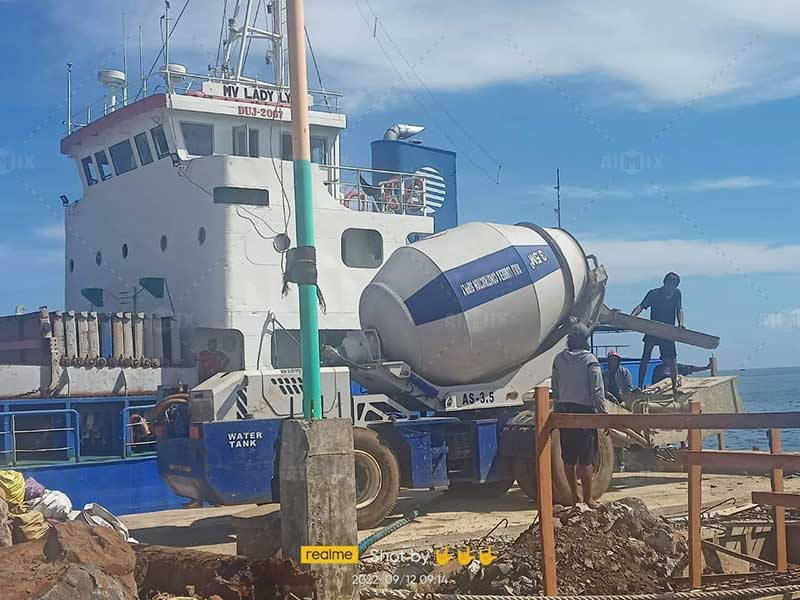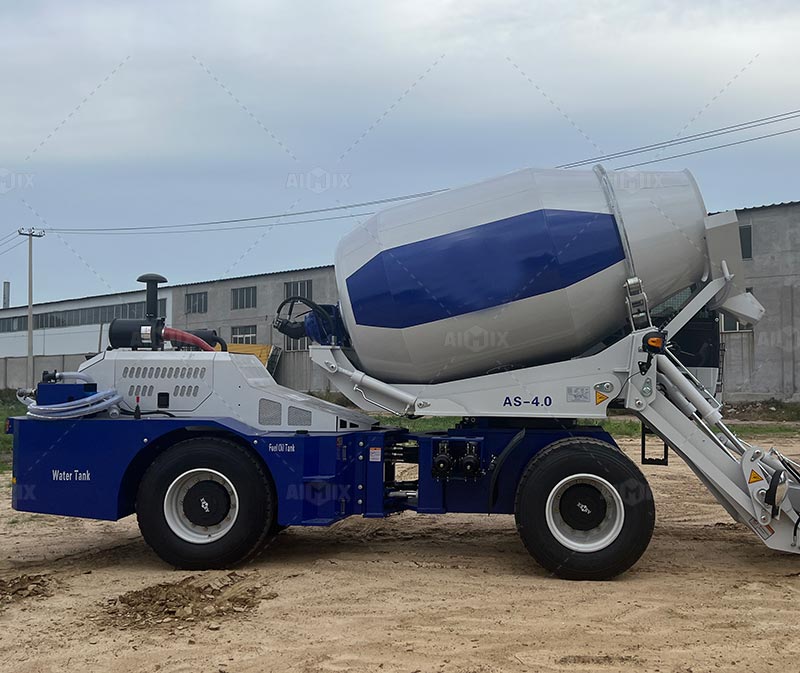Concrete mixing is a critical process in construction, influencing the quality and longevity of the final structure. Over the years, advancements in technology have introduced new methods of concrete mixing, notably the self-loading concrete mixer with pump. This modern solution combines the functions of loading, mixing, and pumping concrete into a single machine. In contrast, traditional concrete mixing methods involve separate processes for each function. This article provides a comparative analysis of these two approaches, highlighting their respective advantages and limitations.
Efficiency and Productivity
Self-Loading Concrete Mixer with Pump
The self-loading concrete mixer with pump is designed for maximum efficiency. It combines multiple functions into one machine, which significantly reduces the time required to produce and deliver concrete. The self-loading feature allows operators to load raw materials directly into the mixer without additional equipment. This seamless integration of loading, mixing, and pumping processes results in faster project completion times and reduces labor costs. Moreover, the mobility of the self loading concrete mixer with pump enables them to reach remote or difficult-to-access construction sites, further enhancing productivity.

Traditional Concrete Mixing Methods
Traditional concrete mixing methods typically involve the use of stationary mixers and separate pumps. Raw materials must be transported to the mixer, manually loaded, mixed, and then transferred to the pump for delivery to the construction site. This segmented process can be time-consuming and labor-intensive. Additionally, the need for multiple pieces of equipment increases the risk of delays and logistical challenges. While traditional methods can be effective for large-scale projects with substantial infrastructure, they often lack the flexibility and efficiency offered by self-loading mixers.
Quality and Consistency
Self-Loading Concrete Mixer with Pump
One of the significant advantages of the self-loading concrete mixer with pump is its ability to produce consistent and high-quality concrete. The integrated design ensures that the mixing process is uniform, reducing the risk of human error. The self loading concrete mixer for sale Philippines is equipped with advanced mixing technology that ensures proper blending of materials, resulting in a homogeneous mix. Additionally, the immediate pumping capability minimizes the risk of segregation and setting, which can occur if the concrete is left to sit for extended periods.

Traditional Concrete Mixing Methods
Traditional concrete mixing methods rely heavily on the skill and experience of the operators. Variations in loading techniques, mixing times, and transportation can lead to inconsistencies in the final product. Manual loading and mixing increase the likelihood of uneven distribution of materials, which can compromise the structural integrity of the concrete. Furthermore, delays in transferring mixed concrete to the pump can result in partial setting, leading to reduced workability and potential quality issues.
Cost Implications
Self-Loading Concrete Mixer with Pump
The initial investment in a self-loading concrete mixer with pump can be relatively high compared to traditional methods. However, the long-term cost savings are substantial. The reduction in labor costs, minimized need for additional equipment, and increased efficiency lead to significant savings over the lifespan of the project. Moreover, the ability to complete projects faster can result in higher turnover rates and increased profitability for construction companies. The self loader mixerr’s durability and low maintenance requirements also contribute to its cost-effectiveness.
Traditional Concrete Mixing Methods
Traditional concrete mixing methods may have lower initial equipment costs, but the ongoing expenses can be considerable. The need for multiple machines, additional labor, and higher fuel consumption can escalate operational costs. Moreover, the potential for delays and inefficiencies can result in extended project timelines, further increasing expenses. While traditional methods may be suitable for certain large-scale projects, they often do not provide the same level of cost efficiency as self-loading mixers in smaller or more dynamic construction environments.
Conclusion
In conclusion, the choice between a self-loading concrete mixer with pump and traditional concrete mixing methods depends on various factors, including project size, location, and specific requirements. The self-loading mixer offers superior efficiency, consistent quality, and long-term cost savings, making it an ideal choice for many modern construction projects. You can choose a best self loading mixer from AIMIX’s website: https://concretemixerwithpump.com/self-loading-mobile-concrete-mixture/.
Traditional methods, while still viable, may be better suited for large-scale operations with established infrastructure. By understanding the comparative advantages and limitations of each approach, construction professionals can make informed decisions that optimize their operations and enhance overall project outcomes.